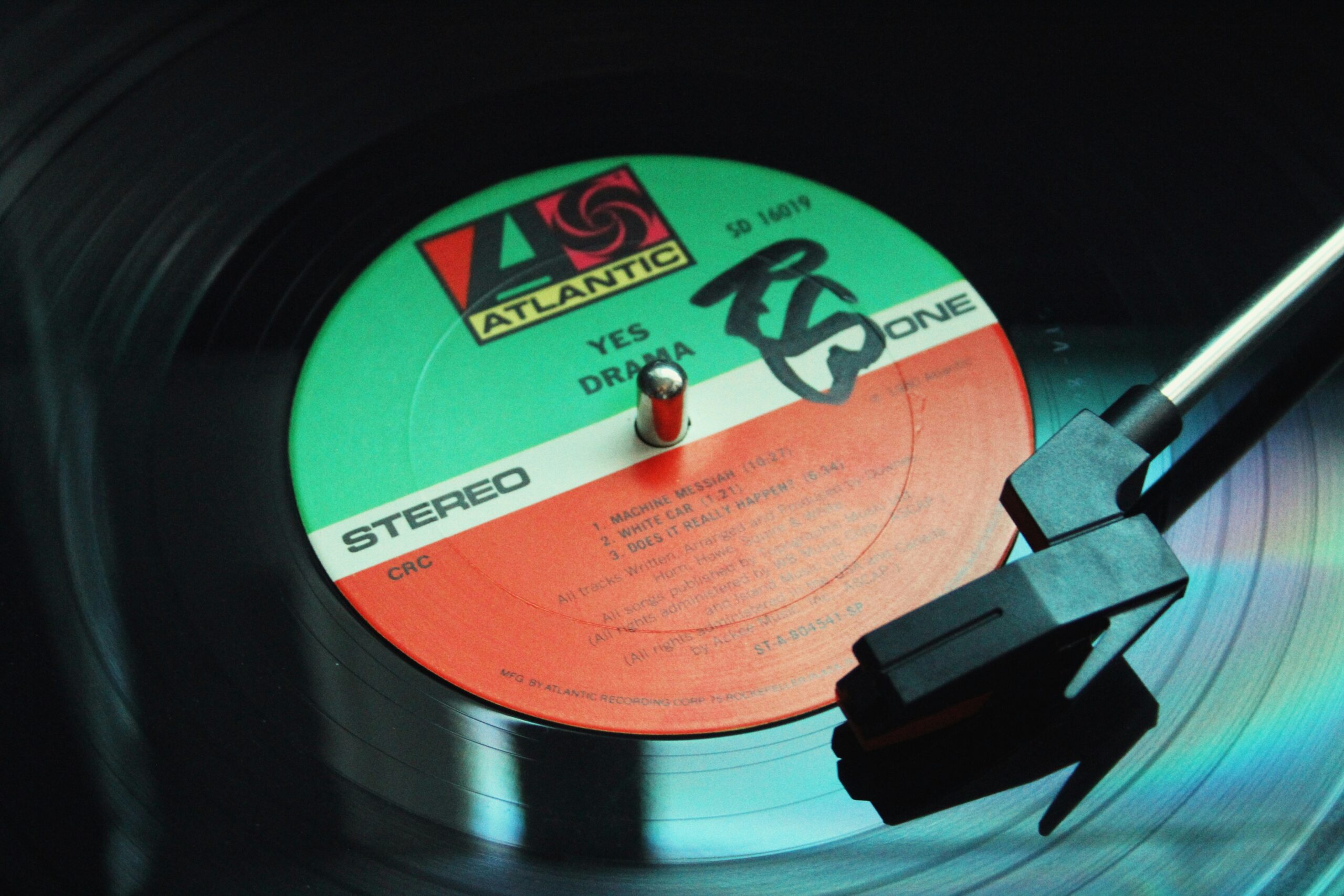Understanding the Benefits of a Small Inground Pool
When considering a pool for your backyard, the notion of a sprawling aquatic expanse might seem appealing. However, for those with limited space, a small inground pool can offer a plethora of benefits that extend beyond mere aesthetics. Firstly, these pools are tailored for compact spaces, allowing homeowners to enjoy the luxury of a pool without compromising on yard space. This is particularly advantageous in urban settings where outdoor space is at a premium.
Moreover, small inground pools are not only space-efficient but also cost-effective. The reduced size translates to lower construction and maintenance costs, making them an attractive option for budget-conscious homeowners. They require fewer materials and less water, which can significantly reduce the initial investment and ongoing expenses. Additionally, the smaller volume of water means less chemical usage, contributing to a more environmentally friendly option.
Another notable benefit is the versatility in design. A small inground pool can be customized to suit various styles, whether you prefer a modern, sleek look or a more natural, lagoon-like appearance. This adaptability allows homeowners to create a unique backyard retreat that reflects their personal taste. With features such as built-in seating, water jets, or even a small waterfall, a small pool can deliver an impressive impact in a compact setting.
Design Considerations for Small Inground Pools
Designing a small inground pool requires careful consideration to maximize both functionality and aesthetics. One of the primary considerations is the shape of the pool. Rectangular pools are popular for their clean lines and efficient use of space, while freeform designs can create a more organic feel, blending seamlessly with natural landscaping.
Depth is another critical factor. While a deep end might be appealing, it often takes up valuable space that could be used more effectively. Opting for a uniform depth can provide ample swimming space and is ideal for families with children. Additionally, incorporating a shallow lounging area can enhance the pool’s usability, offering a space for relaxation and socializing.
Material selection also plays a significant role in the pool’s overall appearance and durability. Concrete offers unmatched flexibility in design and is known for its longevity, while fiberglass pools are quick to install and low-maintenance. Vinyl liners provide a cost-effective option with a range of design possibilities, though they may require more frequent replacements.
Lighting is an often-overlooked design element that can transform the ambiance of a small pool. Strategically placed lights can highlight water features and create a stunning visual effect during evening hours. Energy-efficient LED lights are a popular choice, offering a range of colors and effects to enhance the pool’s atmosphere.
Maintenance Tips for Small Inground Pools
Maintaining a small inground pool can be less daunting than managing a larger one, but it still requires regular attention to ensure it remains a clean and inviting space. One of the key aspects of pool maintenance is water quality. Regular testing and balancing of the pool’s pH levels are essential to prevent algae growth and ensure a safe swimming environment. Investing in a quality pool cover can also help reduce debris and evaporation, preserving water quality and reducing maintenance efforts.
Filtration systems are crucial in keeping the pool water clean and clear. Ensuring that the filter is appropriately sized for the pool and regularly cleaned will help maintain optimal performance. Automatic pool cleaners can be a worthwhile investment, saving time and effort by efficiently removing dirt and debris from the pool floor and walls.
Seasonal maintenance is another important consideration. In colder climates, winterizing the pool is essential to prevent damage from freezing temperatures. This involves draining water to below the skimmer level, adding antifreeze to the plumbing, and covering the pool securely. In warmer regions, regular cleaning and chemical balancing should continue throughout the year to accommodate year-round use.
Finally, keeping a maintenance schedule can help streamline tasks and ensure nothing is overlooked. Regularly checking equipment, such as pumps and heaters, can prevent unexpected breakdowns and prolong the life of the pool. By staying on top of maintenance, homeowners can enjoy their small inground pool with minimal disruptions.





